![]()
![]()
from Bruce
Anecdotes
Animals
• Children’s book author Betsy Byars has always been very interested in animals, including snakes and bugs. When she was a young girl, she waded in a creek. When she came out, she was very interested to find that brown things had attached themselves to her legs and didn’t want to come off, so she went home to show everyone. The brown things were leeches, and her mother was not happy. But despite being forbidden to get leeches on her legs again, Betsy waded in the creek whenever she wanted to collect leeches for a free-admission “zoo” in the backyard.
• In London immediately following World War II, food was scarce. However, one day, Lord Snowy, the pet cat of children’s book illustrator Tony Ross’s Uncle Barry, came to the rescue. Lord Snowy played on the balcony for a while one day, then dragged a steak into the apartment. Uncle Barry took the steak from Lord Snowy, washed it, and in an exhaustive taste test discovered that it was delicious. Where did the steak come from? No idea. Unfortunately, although Uncle Barry continued to let Lord Snowy play on the balcony, the cat brought no more steaks home.
• Lee Brewster owned and managed Lee’s Mardi Gras, a store for cross-dressers (mainly men who dress like women) in New York. He had a beloved house cat named Kitty Cat, and when he had to take his beloved cat to a pet hospital for emergency treatment, he was outraged because the staff placed money before comfort. After Kitty Cat had been treated, the staff would not allow Mr. Brewster to see his beloved cat until he had paid the bill. Mr. Brewster threw his platinum American Express card down and shouted, “Kitty Cat is no pauper!”
• When Paula Klein-Bruno was a kid, she knew that she wanted to be a jockey. She even bought a jockey cap and wore it all the time — the only way that her mother could get it away from her long enough to clean it was to take it to a one-hour dry cleaner. In 1995, Ms. Klein-Bruno achieved her dream, riding as a jockey in the New York racing circuit. (As a toddler, whenever she saw horse vans on the roads, she would yell, “Horses! Horses!” And as a kid, she often prayed, “God, please don’t let me grow too tall.” He didn’t — she is 4’11”.)
• Music director Theodore Stier was with dancer Anna Pavlova as she walked her dog, whose name was Teddy, in Montgomery, Alabama. A man saw them and was greatly impressed with Teddy and asked Mr. Stier if the woman wanted to sell him; however, Ms. Pavlova didn’t want to sell such a beloved pet. Therefore, Mr. Stier, Ms. Pavlova, and Teddy continued their walk, only to have the dog-lover suddenly yell to Mr. Stier, “Tell the girl that if only she’ll let me have the dog — I’ll marry her!”
• American author Flannery O’Connor loved birds all her life. When she was five years old, New York newsreel company Pathé News filmed one of her chickens because it was able to walk backwards. Later, in a home economics class, Flannery created what she described as “a piqué coat with a lace collar and two buttons in the back” for another of her chickens. As an adult, Ms. O’Connor raised peacocks.
• Sir Arthur Sullivan, a conductor, once heard that the young son of soprano Emma Albani was ill. He visited and had tea with Ms. Albani and her young son, who had nearly recovered from his illness. To amuse the boy, Sir Arthur brought a white rabbit, which hopped around the boy’s nursery. Thereafter, Ms. Albani’s son referred to Sir Arthur as “the White Rabbit.”
• Of course, identical triplets are very similar, but they are not so similar that family pets can’t tell them apart. For example, Edgar, the dog owned by the family of a set of identical triplets — who are named Darren, David, and Donny — can tell them apart. Their mother can tell Edgar to fetch David, and Edgar knows immediately whom to fetch.
***
© Copyright Bruce D. Bruce; All Rights Reserved
***
The Funniest People in Relationships — Buy
The Funniest People in Relationships -- Buy The Paperback
The Funniest People in Relationships -- Kindle
The Funniest People in Relationships -- Apple
The Funniest People in Relationships -- Barnes and Noble
The Funniest People in Relationships -- Kobo
The Funniest People in Relationships -- Smashwords: Many Formats, Including PDF
Presenting
Michael Egan
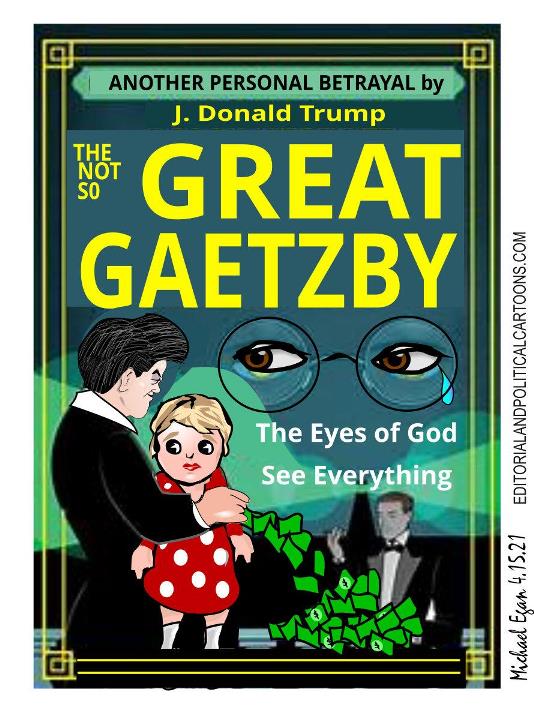


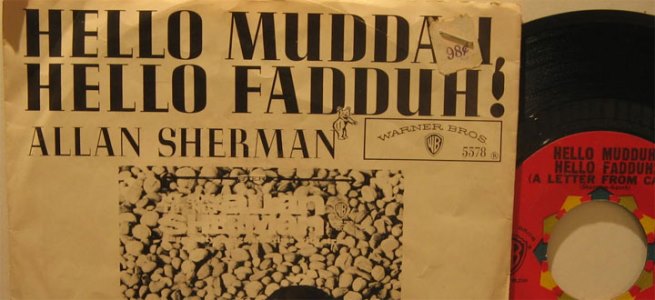
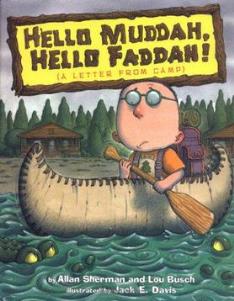

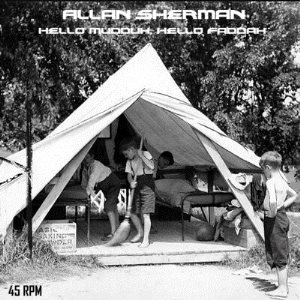



 In memory.
In memory.


BRUCE'S RECOMMENDATION
BANDCAMP MUSIC
BRUCE'S RECOMMENDATION OF BANDCAMP MUSIC
Music: "Question de temps"
EP: HEATWAVES #2
Artist: Heatwaves
Record Company: No Tomorrow Records
Record Company Location: Castellón De La Plana, Spain
Info: “The key to everything is the songs. You know it, we know it, and Heatwaves know it too. […] Their second collection, again three cuts, three in English, one in French, radiates delicious perfection, they don't have any excess or lack of anything.”
Price: €1 (USA) for track; €3 for four-track EP
Genre: Pop. French.
Links:
HEATWAVES #2
No Tomorrow Records
Other Links:
David Bruce's Amazon Author Page
David Bruce's Smashwords Page
David Bruce's Blog #1
David Bruce's Blog #2
David Bruce's Blog #3
David Bruce's Apple iBookstore
David Bruce has over 140 Kindle books on Amazon.com.

Reader Suggestion
Michelle in AZ

David E Suggests
Pinterest
David
Thanks, Dave!
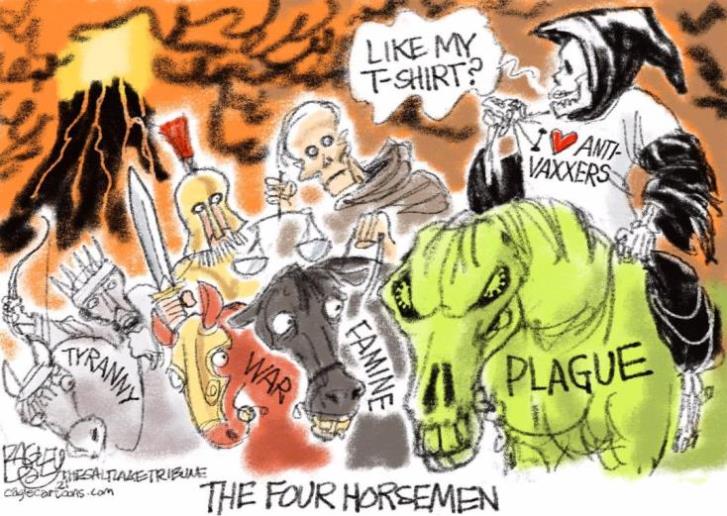


Bonus Links
Jeannie the Teed-Off Temp

Reader Comment
Current Events


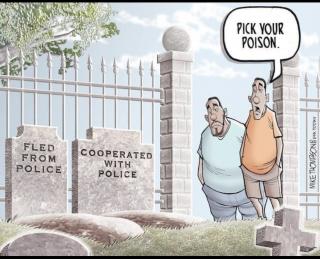



Linda >^..^<
We are all only temporarily able bodied.
Thanks, Linda!


that Mad Cat, JD

In The Chaos Household
Last Night
Having some issues with my internet service provider, again. Sigh.

Hosting Tournament of Champions
Buzzy Cohen
Another former Jeopardy champion is moving from the contestants' podium to the host's lectern.
Fan-favorite contestant Buzzy Cohen will step in to host this season's Tournament of Champions, airing May 17-28, as part of the show's rotating series of guest hosts. Cohen won nine games in 2016 and went on to clinch the 2017 Tournament of Champions, later returning as a team captain for 2019's All-Star Games marking the show's 35th anniversary. This will make him the second Jeopardy champion to guest-host, after fellow All-Star competitor Ken Jennings.
As his duties will require working closely with the show's writers and producers, hosting will unfortunately render Cohen ineligible for future tournaments, due to Jeopardy rules and regulations.
The annual two-week Tournament of Champions consists of the 13 players who won the most games between the previous tournament and the end of the last year, as well as the most recent Teachers Tournament and College Championship winners. The 15 contestants vie for a $250,000 grand prize, which this year the show will match and donate to the Hope of the Valley Trebek Center for the Homeless, a new shelter in Northridge, Calif. named for late Jeopardy host Alex Trebek.
Buzzy Cohen

Hollywood Landmark
Cinerama Dome
Monday's announcement that the historic Cinerama Dome in Hollywood — in addition to ArcLight Cinemas and Pacific Theatres' additional 15 locations — has closed for good due to unrecoverable pandemic-year losses resulted in an outpouring of tributes from dejected filmmakers and cinephiles for reasons that are justifiable.
The 70-foot-high concrete geodesic dome, which sits prominently on Sunset Boulevard near the intersection of Vine Street, is a landmark and recognizable symbol of Hollywood's motion picture industry, even appearing in films such as Quentin Tarantino's '60s set Once Upon a Time in Hollywood.
Constructed in 1963 by Pacific Theatres' parent company the Decurion Corp. and designed by Welton Becket & Associates — also the architect of the Beverly Wilshire and Beverly Hilton hotels — the one-of-a-kind structure was built to house what was then a new widescreen Cinerama system, which employed a 70mm single-projector process of displaying images on a huge curved screen (rather than the original Cinerama system that used three synchronized projectors). The Dome opened Nov. 7, 1963, with the world premiere of Stanley Kramer's It's a Mad Mad Mad Mad World.
In its early years, the Dome also hosted events such as the world premiere of Battle of the Bulge and the West Coast premiere of The Greatest Story Ever Told, both in 1965.
In 1998, the Dome was designated a Los Angeles Historic-Cultural Monument and was reconstructed in the early 2000s as part of the Arclight Hollywood complex (while including the ability to show films in three-strip Cinerama).
Cinerama Dome
Cannabis-Themed License Plates
Colorado
Cannabis-themed license plates in Colorado are being auctioned off to the highest bidder in a fundraiser for the Colorado Disability Funding Committee.
The state is selling the rights to 14 plates with cannabis-themed phrases, including “BONG,” “GANJA,” “TEGRIDY” and “HASH,” KUSA-TV reported.
A license plate with “ISIT420,” a reference to slang for smoking pot, has so far garnered bids of more than $6,500, making it the highest in demand. Bids are being collected until 4:20 p.m. on April 20, a day considered the unofficial “ pot holiday.”
Winning bidders will be able to use the configuration of letters and numbers they chose on a novelty plate of their choosing but must pay registration fees, personalized plate protection fees and the costs for potential designer backgrounds. The rights can be used at a later date if needed.
The Colorado Disability Funding Committee said it would use the money to support new and innovative programs for the state’s disability community. No further information on those initiatives was immediately available.
Colorado

Fraternity Brothers Chipped In
Louisiana
Members of a Louisiana State University fraternity chipped in more than $50,000 to pay off the mortgage of a woman who fed them when they were students.
About a dozen members of Phi Gamma Delta surprised Jessie Hamilton with the money for her 74th birthday on April 3 in Baker, Louisiana, The Advocate reported. Roughly 90 fraternity members raised $51,765, with each brother donating between $600 and $1,000 on average, the newspaper said.
“That shows how they all felt about her,” said Andrew Fusaiotti, who was a member of the fraternity in the late 1980s. “Jessie is one of these people who shows up to work and always has a smile on her face, eager to please and never complains.”
Another member, Will Rainey, said the fraternity brothers formed a special bond with Hamilton.
At the start of the pandemic, Fusaiotti called to check on her. She was still working two jobs to pay a 30-year mortgage for the home she bought at the age of 60.
Louisiana
New Questions Raised
Capitol Security
Shields that shattered upon impact. Weapons too old to use. Missed intelligence in which future insurrectionists warned, “We get our president or we die.”
As Congress pushes for a return to normalcy months after the Jan. 6 riot at the Capitol, a damning internal report about the deadly siege is painting a dire picture of the Capitol Police’s ability to respond to threats against lawmakers. The full report obtained by The Associated Press before the department’s watchdog testifies at a House hearing casts serious doubt on whether the police would be able to respond to another large-scale attack.
The Capitol Police have so far refused to publicly release the report — prepared in March and marked as “law enforcement sensitive” — despite congressional pressure. Democratic Rep. Zoe Lofgren of California, who heads the House Administration Committee, said last month that she found the report, along with another she had reviewed, “detailed and disturbing.” The inspector general who prepared it, Michael A. Bolton, was scheduled to testify before Lofgren’s committee Thursday.
The Capitol Police said in a statement Wednesday that the siege was “a pivotal moment” in history that showed the need for “major changes” in how the department operates, but it was “important to note that nearly all of the recommendations require significant resources the department does not have.”
Bolton found that the department’s deficiencies were — and remain — widespread: Equipment was old and stored badly; officers didn’t complete required training; and there was a lack of direction at the Civil Disturbance Unit, which exists to ensure that legislative functions of Congress are not disrupted by civil unrest or protest activity. That was exactly what happened on Jan. 6 when supporters of then-President Donald Trump (R-Lock Him Up) violently pushed past police and broke into the Capitol as Congress counted the Electoral College votes that certified Joe Biden’s victory.
Capitol Security

Hangtown
Placerville
The California Gold Rush town of Placerville will change its logo to remove a noose that stems from its mid-19th century reputation as “Hangtown” following lynchings of criminal suspects by mobs of miners.
The City Council voted Tuesday night to remove the noose after listening to emotional comment from residents, CBS 13 Sacramento reported.
The signs and symbols of Hangtown are commonplace in Placerville, the El Dorado County seat in the western foothills of the Sierra Nevada about two hours northeast of San Francisco.
The circular logo shows a miner washing gold in a stream. The noose hangs from a tree in the background. Written around the image are the words “City of Placerville,” “Old Hangtown” and “1854,” the year the city was incorporated.
According to the city’s history presentation, the area was first called Dry Diggins — a reference to a type of mining — and then became known as Hangtown when three men — two French and one Chilean — were lynched in 1849 on suspicion of crimes.
Placerville

Works Just As Well
Psilocybin
Psilocybin, the hallucinogen found in "magic mushrooms," may work just as well as a common antidepressant drug at treating symptoms of depression, a small new study suggests.
The study found that people who took psilocybin twice under the supervision of psychiatrists showed similar reductions in depression symptoms — based on scores on a survey — compared with people who took a six-week course of the antidepressant escitalopram. And those in the psilocybin group were more likely to report remission from depression symptoms, compared with those in the escitalopram group, according to the study, published Wednesday (April 14) in The New England Journal of Medicine.
"One of the most important aspects of this work is that people can clearly see the promise of properly delivered psilocybin therapy by viewing it compared with a more familiar, established treatment in the same study," study lead author Robin Carhart-Harris, head of the Centre for Psychedelic Research at Imperial College London, said in a statement. "Psilocybin performed very favourably in this head-to-head [trial]."
The findings agree with previous research suggesting that psilocybin may help some people with depression. However, the researchers caution that their study was small and more research is needed to confirm the findings. They stress that there was no statistically meaningful difference in depression scores between the psilocybin and escitalopram groups, meaning that psilocybin didn't perform better than escitalopram. In addition, the study didn't include a true placebo group — a group that received just dummy pills — so the researchers can't say based on their results whether either treatment works better than a placebo.
Over the past decade, several small studies have suggested that psilocybin could provide benefits to patients with treatment-resistant depression or with cancer-related psychological distress. But few studies have directly compared psilocybin with standard treatments for depression.
Psilocybin

4,300 Years of Bat Poop
Jamaica
You may not give a pile of bat poop gathered over 4,300 years a second look – but to a group of scientists, it's provided an intriguing insight into how bat diets and therefore climate conditions have shifted over thousands of years.
Taller than the average man (2 meters or 6-and-a-half feet), the pile of poop (also known as guano) records history in clear layers, much like sediments under a lake.
By analyzing the layers back through time, the scientists have been able to figure out changes in the diets of the bats that have been inhabiting this cave for millennia.
In turn, the dietary changes provide hints about what the climate and environment might have been like over that time, with variations in temperature and precipitation affecting animal life and the sorts of insects and plants that were available for bats to eat.
An analysis was also done of poop from the bats currently living in the same location: the Home Away from Home Cave in Jamaica, which at the moment is home to around 5,000 bats from five different species. That gave the team a baseline to work against.
Jamaica

| CURRENT MOON lunar phases |


